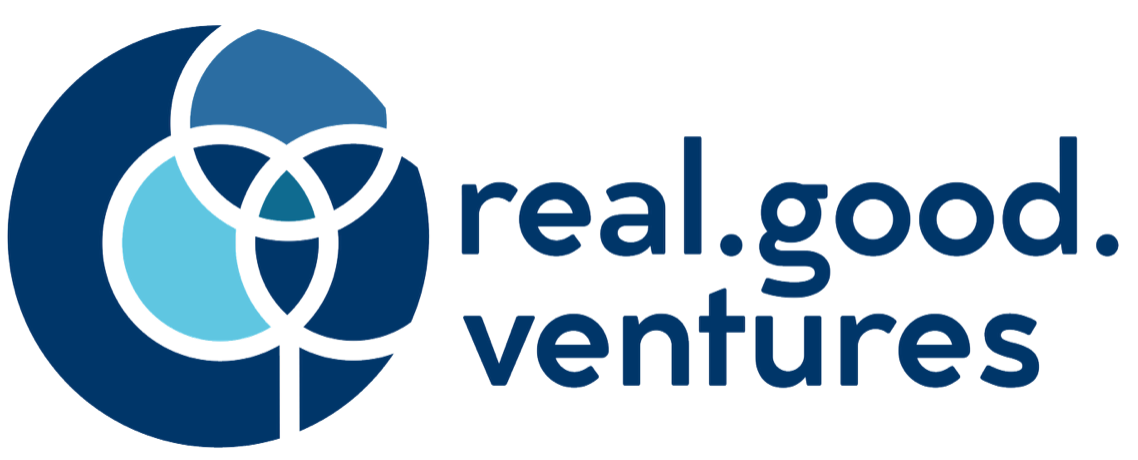Is a Big “Re-Fit” About to Happen?
Some are calling it the Turnover Tsunami. Others are referring to the Great Resignation. Both of them foreshadow a significant event when millions of workers are expected to seek out greener pastures based on a few key factors. First, there is a greater degree of confidence in finding a new job with a new employer that offers a better fit. And second, that better fit contrasts the artless and unskillful way some organizations and their leadership managed (or mismanaged) the pandemic.
Recent surveys show that between 25% and 50% of employees plan to look for a job yet this year and will do so as soon as the effects of the pandemic subside. We have employers that claim they are already seeing this happen.
Prior to the pandemic, some employers were experiencing high employee churn, but since then, voluntary turnover reached its lowest level in nine years as employees hunkered down among high economic uncertainty. Research and client input gives us reason to believe that voluntary job-leaving will increase significantly in 2021 as employees resume the job searches they put off for the past year to weather the pandemic caused by COVID19.
If you think we’ll see an uptick in turnover similar to what we’ve experienced after the 2008/2009 financial crisis, think again: this once-in-a-generation pandemic has created unprecedented circumstances that will amplify the movement of employees looking for a change. If a proper re-fit isn’t made available, they will seek it out on their own.
What is the data telling us?
46% of employees now feel less connected with their company, and 42% say company culture has diminished since the start of the pandemic (just 21% said they are very engaged at work). Executives who neglected to keep their employee’s morale up will soon see many of them walk out the door.
Two other drivers have also been amplified by the pandemic: better compensation and benefits (35%) and better work/life balance (25%) are the top two reasons why employees would leave their current job, according to research from Toronto-based Achievers Workforce Institute.
"Through the pandemic, some companies have lost mainstays of employee engagement such as focusing on work/life balance, enacting change following employee feedback, driving recognition, and fostering company culture," said Natalie Baumgartner, Chief Workforce Scientist at Achievers. "As remote work becomes a more permanent fixture of our lives even beyond the pandemic, it's important that employers are addressing these areas of concern in an effort to increase engagement and reduce turnover.
In some cases, the pandemic showed employees what good crisis leadership and a supportive culture looked like, and they will expect the same going forward even when the pandemic dissipates.
Are you part of the Problem or the Solution?
Organizations can either let this happen to them (part of the problem) or begin to employ two critical strategies to mitigate this anticipated shift (part of the solution). People will either seek out a re-fit or you can be proactive and do it before they leave.
First, organizations that implement a strong Talent Optimization model that utilizes validated and reliable data for Job Fit, Manager Fit, and Team Fit will begin to see greater engagement, performance, and ultimately retention. In other words, look inward and help your people optimize their work by “re-fitting” them into roles for which they are better suited and where they are more likely to find meaning and fulfillment.
Secondly, employ a diagnostic system to reveal your vulnerabilities in the area of your strategic and business execution. Real-time analysis is available that allows you to head off execution gaps before they become so severe that recovery becomes impossible. Being able to measure this throughout your enterprise whether it be 100 people or 10,000 is more effective compared to the exponential cost of guessing.
This is the work we do at Real Good Ventures. Don’t wait. Let us demonstrate how these powerful tools can help you solve critical business problems like turnover.
